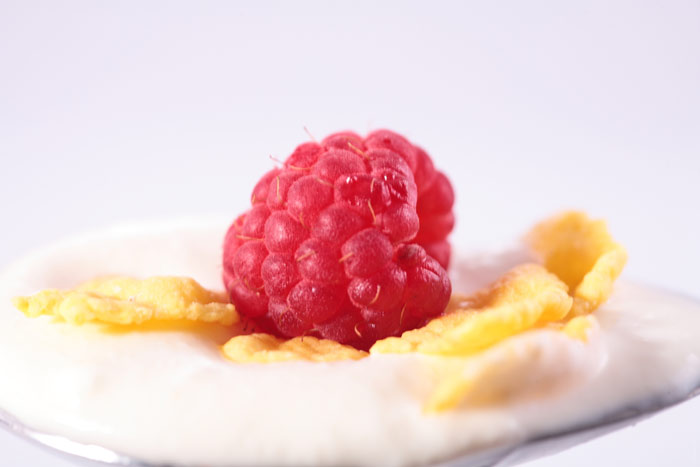They’re something that happens to almost all women at some point in their adult lives – in fact, according to the Office on Women’s Health, three out of four women will pick up a yeast infection in adulthood. However, they still cause unnecessary embarrassment and upset. Yeast infections can be unpleasant and bothersome, and for some, a real source of worry. This really needn’t be the case – although it’s easier said than done.

If you’re familiar with the symptoms of such an infection, and in the past have relied on over the counter preparations to help, then you might also be interested in the natural ways to assist with treating issues with yeast overgrowth and natural ways to help overcome them.
What is a yeast infection?
Yeast infections are sometimes known as vaginal thrush and affect many women once they hit their teens and move into adulthood. In many cases, these infections will clear up with treatment from over the counter remedies, or on advice from a healthcare professional. For some women, the infection can be difficult to treat and may keep recurring.
The symptoms include:
- Tenderness and itching around the genital area
- Odorless, but thick or white looking discharge from the vagina
- Painful sexual intercourse
- Burning, itching or stinging when peeing
If you have one or more of these symptoms, then it’s best to check with a doctor and seek diagnosis to confirm. Once you know it is a yeast infection, you can try some of the following to help ease symptoms.
Natural remedies to treat yeast infections

Natural yogurt is a powerhouse of good for your cultures that can help with the discomfort and soreness associated with yeast infections. It’s of obvious benefit if you eat it. A few spoonfuls of plain, unsweetened natural yogurt every single day will give you a boost of essential probiotics, vitamins, and minerals that can help fight off yeast infections. It can also be used internally, applied as a cooling and soothing unguent to the affected areas to provide instant relief.
Tea Tree Oil is an often overlooked miracle worker – not just for yeast infections, but for a whole host of other minor skin complaints, and for it’s natural antiseptic properties. Always keep a bottle of the pure Melaleuca Alternifolia oil in your first aid kit at all times. For specific yeast infections, it is possible to use around two to three drops of tea tree oil, diluted into a carrier oil such as coconut oil and soaked into a tampon for use overnight. Caution is advised, and make sure you patch test the oil on your skin for 24 hours beforehand.
According to VeeFresh.com, Boric Acid can be a useful treatment and preventative measure. This supercharged ingredient is a natural antifungal and antiseptic and can be used safely in a suppository form to treat the signs and symptoms of yeast infections in those women who have recurrent episodes.
Probiotic supplements can also work wonders, especially if the yeast infection is recurrent and occurs alongside other symptoms such as IBS or stress. Finding a supplement that has a high concentration of lactobacilli in it can really make a big difference too.
Be safe and be aware
It’s fine to use home remedies for most people with yeast infections. There are a few exceptions to the rule. These are:
- Women who are pregnant
- If you know you’ve been exposed to an STI or show any of the signs and symptoms
If you are expecting, or if you suspect you may have an STI, seek medical assistance and a formal diagnosis before you attempt to treat the condition at home.










